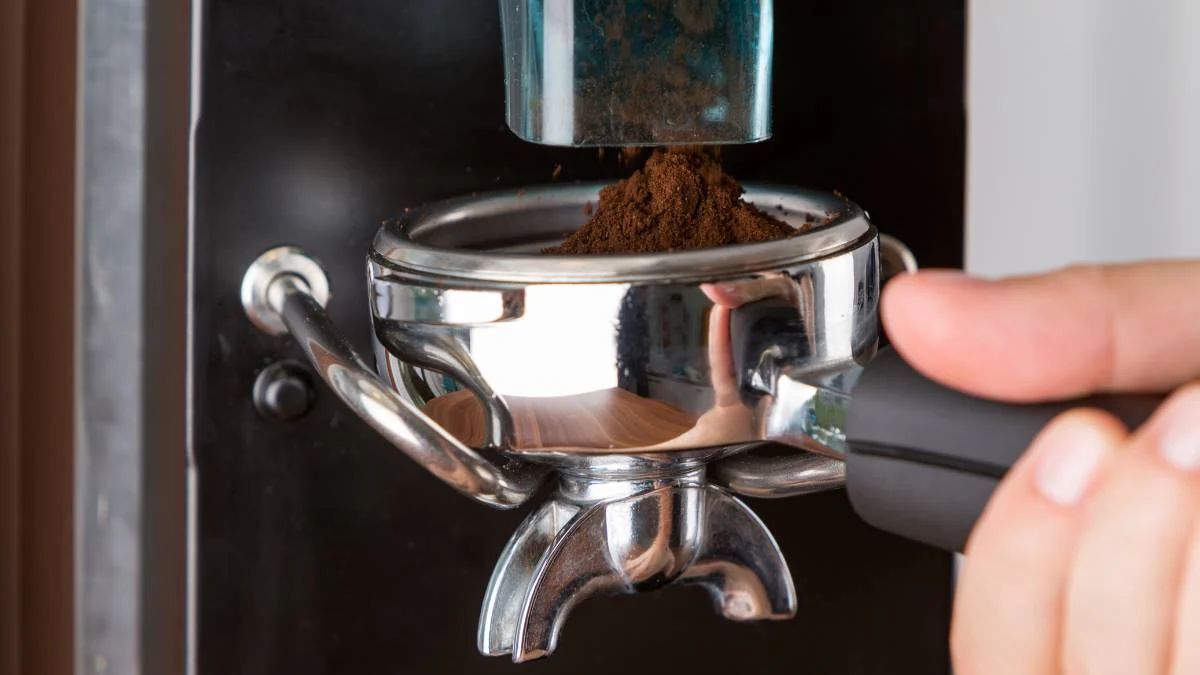
The journey to an exceptional cup of coffee begins long before the water starts brewing. It starts with the grind. You can have the world's best beans, a top-tier coffee maker, and pure spring water, but an incorrect grind can ruin it all. The way you grind your coffee—and just as importantly, when you grind it—is the single most impactful step you can take to elevate your daily brew.
This guide will walk you through the four golden rules of grinding, help you choose the right grinder, and provide a clear chart to match your grind size to your favorite brewing method. Let's get started.
The 4 Golden Rules of Grinding Coffee
The basic goal of grinding is to break down roasted coffee beans, increasing their surface area to allow water to extract the oils and flavors within. To do this perfectly, follow these four essential rules.
- Grind Just Before You Brew: Coffee begins to lose its flavor and aroma within minutes of being ground as volatile oils evaporate. Grinding right before brewing is the key to capturing maximum freshness.
- Choose the Right Grind Size: The coarseness or fineness of your grind must match your brewing method. This alignment ensures proper extraction—not too weak, not too bitter, but just right.
- Use a Quality Coffee Grinder: Not all grinders are created equal. A good grinder produces a consistent and uniform grind, which is crucial for a balanced extraction.
- Keep Your Grinder Clean: Stale coffee grounds and oils can build up in your grinder, imparting rancid flavors into your fresh beans. Clean your grinder regularly to keep your coffee tasting pure.
Choosing the Right Coffee Grinder: Burr vs. Blade
The grinder you choose will have a massive impact on your coffee's quality. The two main types are blade grinders and burr grinders.
Blade Grinders
Blade grinders use a spinning metal blade to chop coffee beans, much like a blender. While they are inexpensive and fast, they produce a highly inconsistent grind with a mix of fine powder and large chunks. This inconsistency leads to uneven extraction and a less-balanced cup. The high speed of the blades can also generate heat, which can scorch the beans and negatively affect the flavor.
- Best for: Beginners on a tight budget or grinding spices.
- Pros: Inexpensive, fast, and easy to clean.
- Cons: Creates an uneven grind, can overheat the beans, lacks precision.
Burr Grinders
Burr grinders are the preferred choice for any coffee enthusiast. They feature two revolving abrasive surfaces (burrs) that crush the beans into a uniform size. This consistency is the secret to a delicious, well-extracted brew. Burr grinders come in two main types: wheel and conical. Conical burr grinders are generally considered superior as they are quieter, less messy, and better at handling oily beans.
- Best for: Anyone serious about brewing great-tasting coffee.
- Pros: Produces a consistent and uniform grind, offers multiple grind settings for precision, preserves the coffee's flavor and aroma.
- Cons: More expensive, can be slower and louder than blade grinders.
The Verdict: If you want to noticeably improve your coffee, investing in a quality burr grinder is the single best upgrade you can make.
Coffee Grind Size Chart: Matching Your Grind to Your Brew Method
The ideal grind size is determined by the amount of time the water is in contact with the coffee grounds. Shorter brew times (like espresso) require a fine grind, while longer brew times (like French press) need a coarse grind.
| Grind Size | Appearance & Texture | Best Brewing Methods |
|---|---|---|
| Extra Coarse | Like peppercorns | Cold Brew, Cowboy Coffee |
| Coarse | Like kosher salt | French Press, Percolators, Cupping |
| Medium | Like coarse sand | Drip Coffee Makers, Pour-Over (Chemex), Siphon Brewers |
| Fine | Like table salt | Espresso, Moka Pot, AeroPress (short brew) |
| Extra Fine / Turkish | Like powdered sugar or flour | Turkish Coffee (requires a specialized grinder) |
Frequently Asked Questions About Grinding Coffee
Why is grind size so important for making coffee?
Grind size directly controls the rate of extraction—how quickly flavor is pulled from the coffee. If your grind is too coarse for your brew method, the water will pass through too quickly, resulting in weak, sour, under-extracted coffee. If it's too fine, the water will pass through too slowly, resulting in bitter, harsh, over-extracted coffee.
What's the difference between a burr grinder and a blade grinder?
A blade grinder uses a spinning blade to randomly chop beans into uneven pieces. A burr grinder crushes beans between two abrasive surfaces into a consistent, uniform size. For better-tasting coffee, a burr grinder is always the superior choice.
How long does ground coffee stay fresh?
Ground coffee loses its freshness rapidly. It's best used within 30 minutes of grinding. Pre-ground coffee stored in a bag can be acceptable for about a week, but it will never match the flavor and aroma of coffee ground just before brewing.
How often should I clean my coffee grinder?
For best results, you should clean your grinder every 1-2 weeks. This prevents the buildup of coffee oils and stale grounds, which can turn rancid and spoil the taste of your fresh coffee. You can clean it by grinding a small amount of uncooked rice or using specialized grinder cleaning tablets.
Can I grind coffee beans without a grinder?
Yes, in a pinch, you can use a mortar and pestle, a rolling pin inside a plastic bag, or even a blender. However, these methods will produce a very inconsistent grind and should only be used as a last resort.
